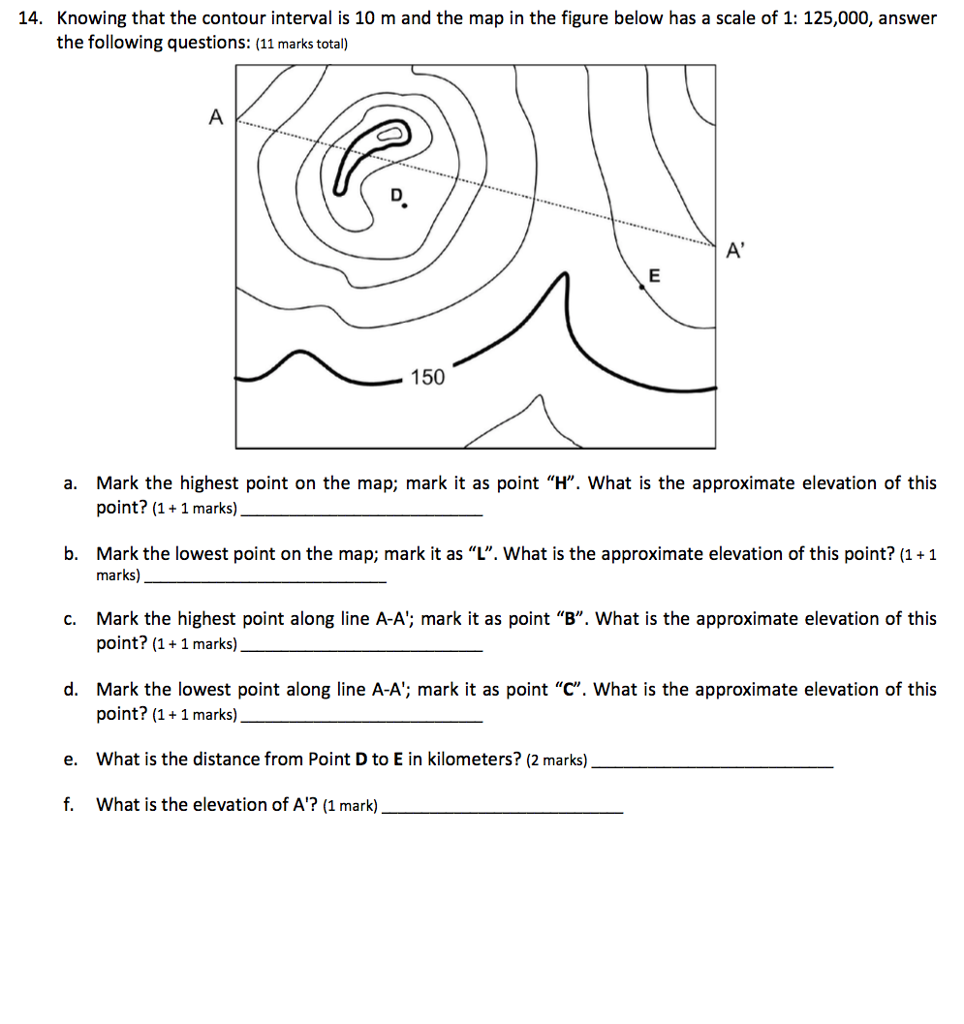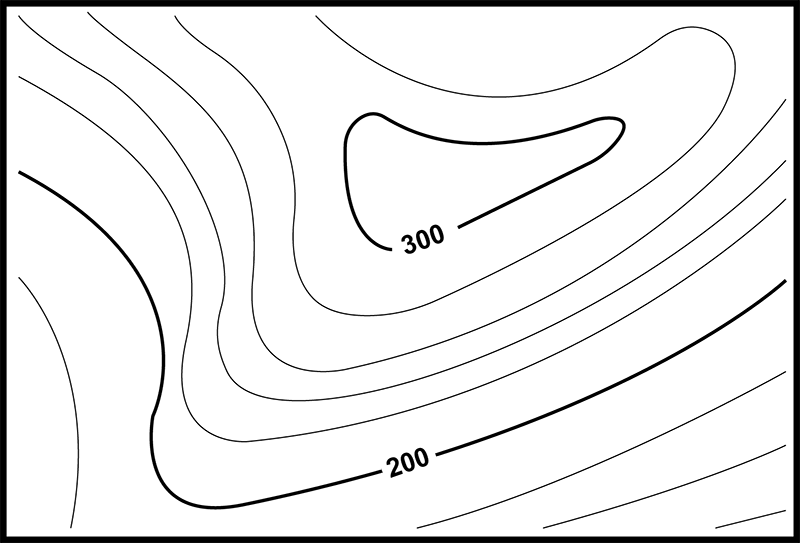
Figure 5 shows the result of contour lines.įigure 5. The result can be seen in the QGIS map canvas without closing the contour plugin window, therefore we can switch back to change a parameter if the result not looks as we want. Furthermore the color graduation for the contour lines can be changed by selecting a color ramp for the output contour lines.Ħ. In the next setting we can specify the precision and unit for the contour label. The output will be written to memory, so we need to export to it to a GIS file to keep it permanently.ĥ. Moreover the interval can be edited manually by double click the interval number.Ĥ. We can tweak the number if the interval is not correct. When we set the calculated number, the contour interval can be seen in the right list. Then the number of contour line will be: maximum elevation/contour interval. For example if we want to make a contour map in 100.000 scale, then the contour interval will be 1/2000 x 100.000 = 50 m. We can set any number, but I suggest the number of contour line follows the rule of thumb as mentioned above. Next, we have to define the number of contour lines. In the contouring menu, we can choose to create contour line, filled contour or both. Select the point's layer name and the elevation data field. The contour plugin window will appear as in figure 4.ģ. Open the Contour plugin by clicking the icon. Add the points into QGIS map canvas as in figure3.Ģ. Now, let's make contour lines from points dataset with the following steps:ġ.
#Contour interval install
Check it and Install the plugin if you don't have it in your QGIS 3. You will see the Contour plugin appears as in figure 2.

As usual we can get the plugin from Plugins menu > Manage and install plugins.
#Contour interval plus
In ascending order of recognizability, these distortions preserved merely the harmonic basis of the melody, the melodic contour, and the contour plus the relative sizes of successive intervals between notes (chi‐square = 50.4, p<0.001).To create contour lines from points, we are using Contour plugin. An editable Word document for this worksheet is included. This makes a great homework sheet or in-class review. This worksheet has 11 Earth Science Regents questions for students to determine the contour interval of topographic maps. Experiment 2 involved recognition of distorted versions of familiar folktunes having the same length and rhythmic structure. NYS Earth Science and Living Environment Regents. Task (c) was about equally difficult under both conditions.

Contour recognition was more important with transposed melodies, so that task (b) was very difficult, and tasks (a) and (c) were easier. Untransposed melodies were recognized by their exact pitches, so that tasks (a) and (b) were equally easy. The effects of transposition and task and their interaction were significant ( p<0.001). Separate groups had the tasks of distinguishing (a) between same and different melodies (b) between same melodies and ones with only the same contour and (c) between melodies with the same contour and different ones. Experiment 1 (2×3 factorial design) involved short‐term memory with comparison melodies either transposed or not transposed from the key of the standard. Two experiments demonstrate the role of melodic contour recognition in memory for melodies. In very flat areas, some supplementary contours with a 10m. This is demonstrated by brief analyses of actual music. Contours at a 20m contour interval are held in the data and shown on the Topo50 printed maps. Melodic contour (the sequence of ups and downs in a melody, regardless of interval size) expresses those aspects of a melody that are most essential to manipulation of that melody in various musical structures, e.g., folktunes and fugues.


 0 kommentar(er)
0 kommentar(er)
